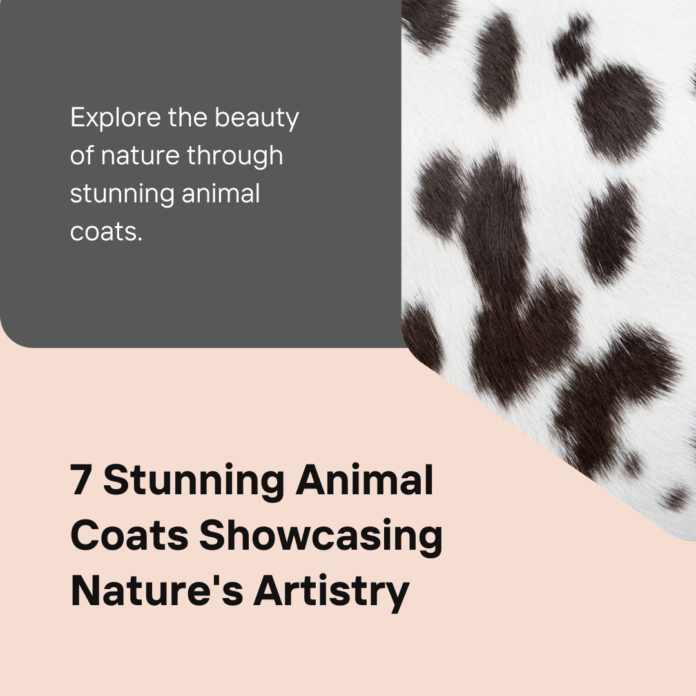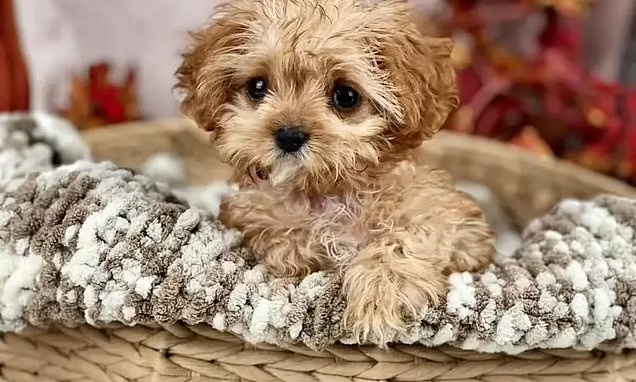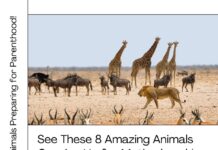Last Updated on May 9, 2024 by Dog Lover
7 Stunning Animal Coats Showcasing Nature’s Artistry
Have you ever been mesmerized by the dazzling display of colors on a butterfly’s wings, or the mesmerizing patterns etched on a zebra’s hide?
The animal kingdom boasts a breathtaking array of animal coats, each one a testament to nature’s unparalleled artistry and remarkable evolutionary adaptations.
These coats aren’t just beautiful; they play a vital role in an animal’s survival, serving as a form of camouflage, communication, and even temperature regulation.
In this captivating exploration, we’ll delve into the fascinating world of animal camouflage, dazzling displays, and ingenious adaptations, unveiling the stories woven into the very fabric of these stunning animal coats.
Prepare to be amazed by the ingenuity of nature’s designs!
Contemplating a Canvas of Feathers, Fur, and Scales
Imagine a world where fashion wasn’t a fleeting trend, but a life-or-death necessity. That’s the reality for countless animals in the wild, where their coat is their most essential accessory.
From the shimmering scales of a fish to the vibrant plumage of a bird, each animal’s coat has evolved to serve a specific purpose.
Unveiling the Secrets of Animal Camouflage
For many animals, blending into their surroundings is a matter of life and death. Predators rely on camouflage to remain unseen while stalking prey, while prey species use it to vanish from the eyes of hungry predators.
Nature has developed a remarkable arsenal of camouflage techniques, from disruptive coloration that breaks up an animal’s outline, to countershading that creates the illusion of flatness, to mimicry that allows animals to resemble their surroundings or even other species.
Dazzling Displays: A Feast for the Eyes
But animal coats aren’t just about blending in. Some animals use their coats for spectacular displays of color and pattern.
These vibrant displays serve a variety of purposes, from attracting mates to intimidating rivals.
For example, the iridescence of a peacock’s feathers is a mesmerizing display used to attract mates, while the bold stripes of a zebra might confuse predators, making it difficult for them to focus on a single target.
Beyond Beauty: Functional Adaptations
The animal kingdom is full of ingenious adaptations that go beyond mere aesthetics. Some animals have coats that help them regulate their body temperature.
For instance, the thick fur of a polar bear provides crucial insulation in frigid Arctic environments, while the melanistic coat of a black panther helps it absorb heat in the dense rainforest.
Let’s delve deeper into this fascinating world and explore some of the most stunning animal coats on the planet:
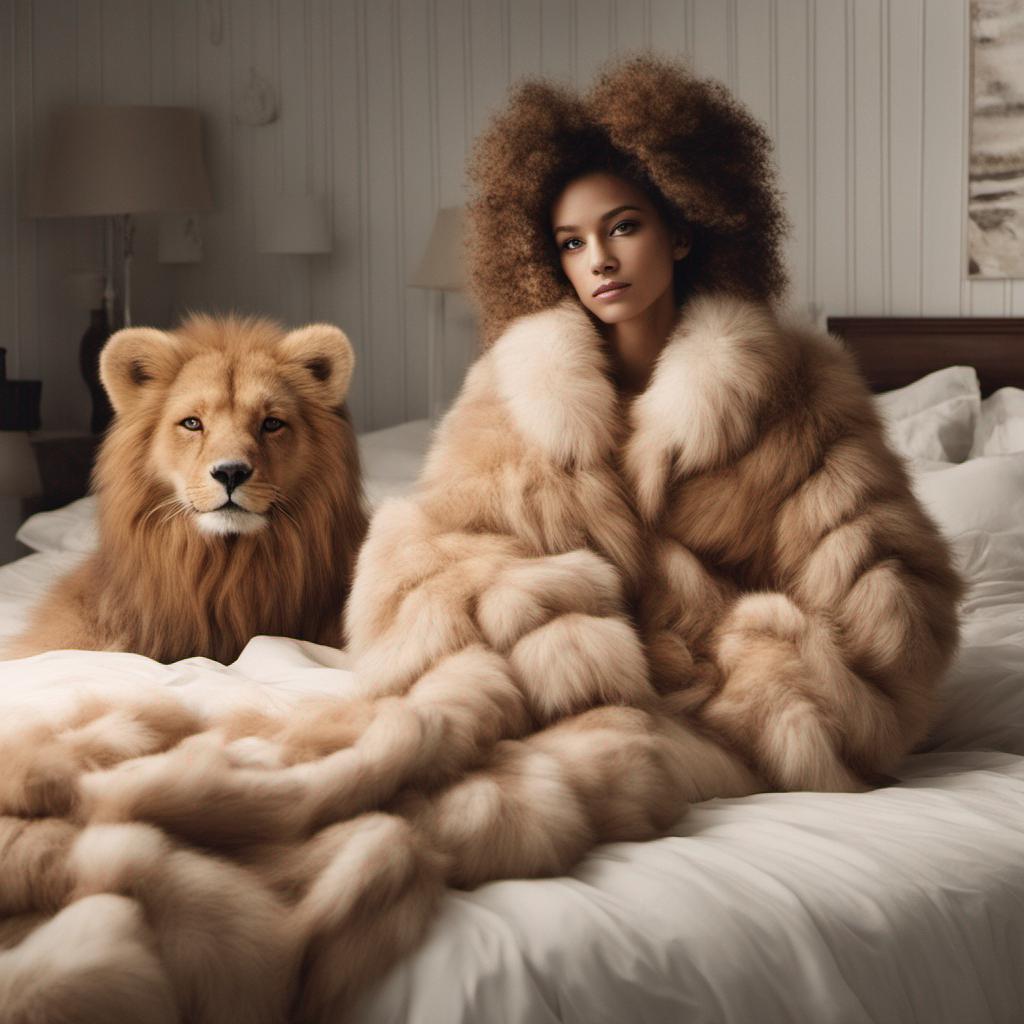
1. The Regal Elegance of the Lion’s Mane
The iconic mane of the male lion is more than just a symbol of power and dominance. This thick mane provides crucial protection during territorial battles, acting as a natural shield that can absorb bites and scratches from rival males.
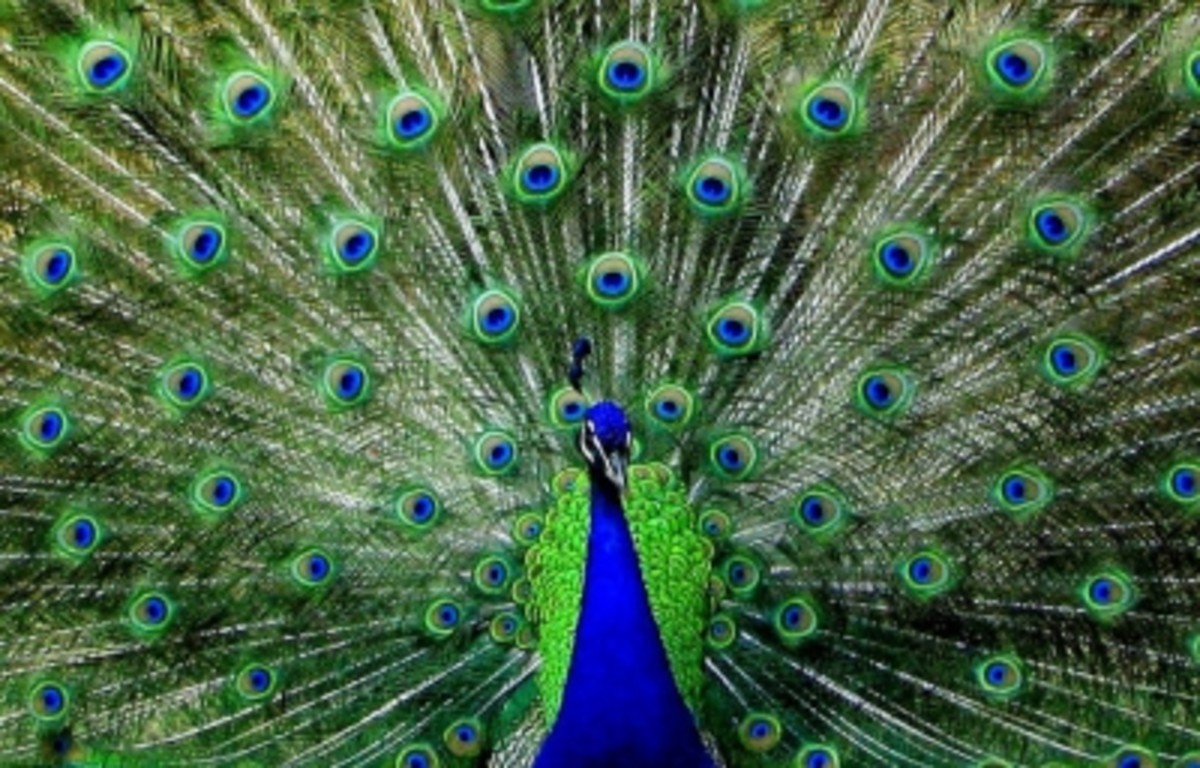
2. A Dazzling Display: The Peacock’s Iridescent Feathers
The peacock’s tail feathers are a masterpiece of nature’s artistry. These vibrant feathers boast an iridescent sheen that changes color depending on the viewing angle. This dazzling display is a powerful tool for attracting mates, with the most vibrant and elaborate tail feathers signaling a male’s fitness and health.
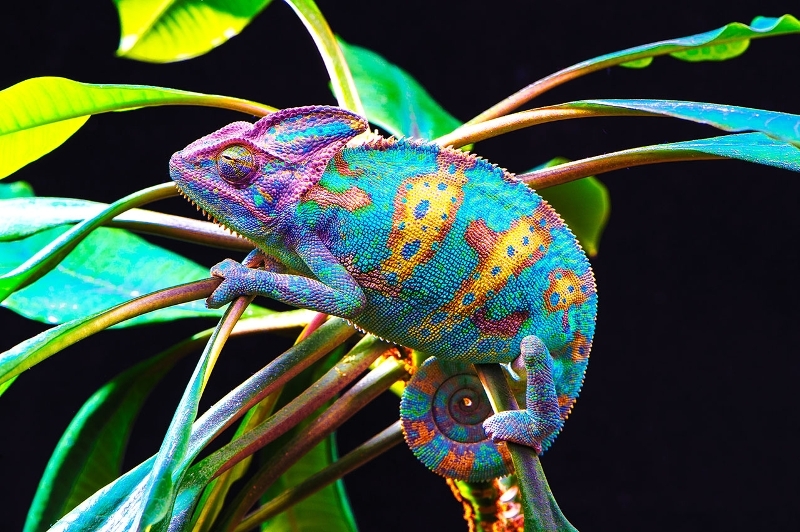
3. Masters of Deception: The Chameleon’s Color-Changing Skin
The chameleon is perhaps the most famous example of an animal that can change its color. These remarkable reptiles can rapidly shift their skin tone to match their surroundings, allowing them to blend in seamlessly with leaves, branches, or even other animals. This remarkable adaptation provides chameleons with a powerful tool for both camouflage and hunting.

4. Blending into the Snow: The Polar Bear’s Thick Fur
Living in one of the harshest environments on Earth, the polar bear relies on its thick fur coat for survival. The polar bear’s fur is not only white for camouflage in snowy landscapes, but it also acts as a layer of insulation, keeping these massive bears warm in frigid Arctic temperatures.

5. Stripes of Mystery: The Zebra’s Dazzling Coat
Zebras are another iconic animal with a coat that sparks curiosity. Their black and white stripes are a topic of ongoing debate among scientists.
One theory suggests the stripes act as a form of disruptive coloration, making it difficult for predators to focus on a single zebra in a herd. Another theory proposes that the stripes might deter biting flies, which are a major annoyance for zebras in their African savanna habitat.
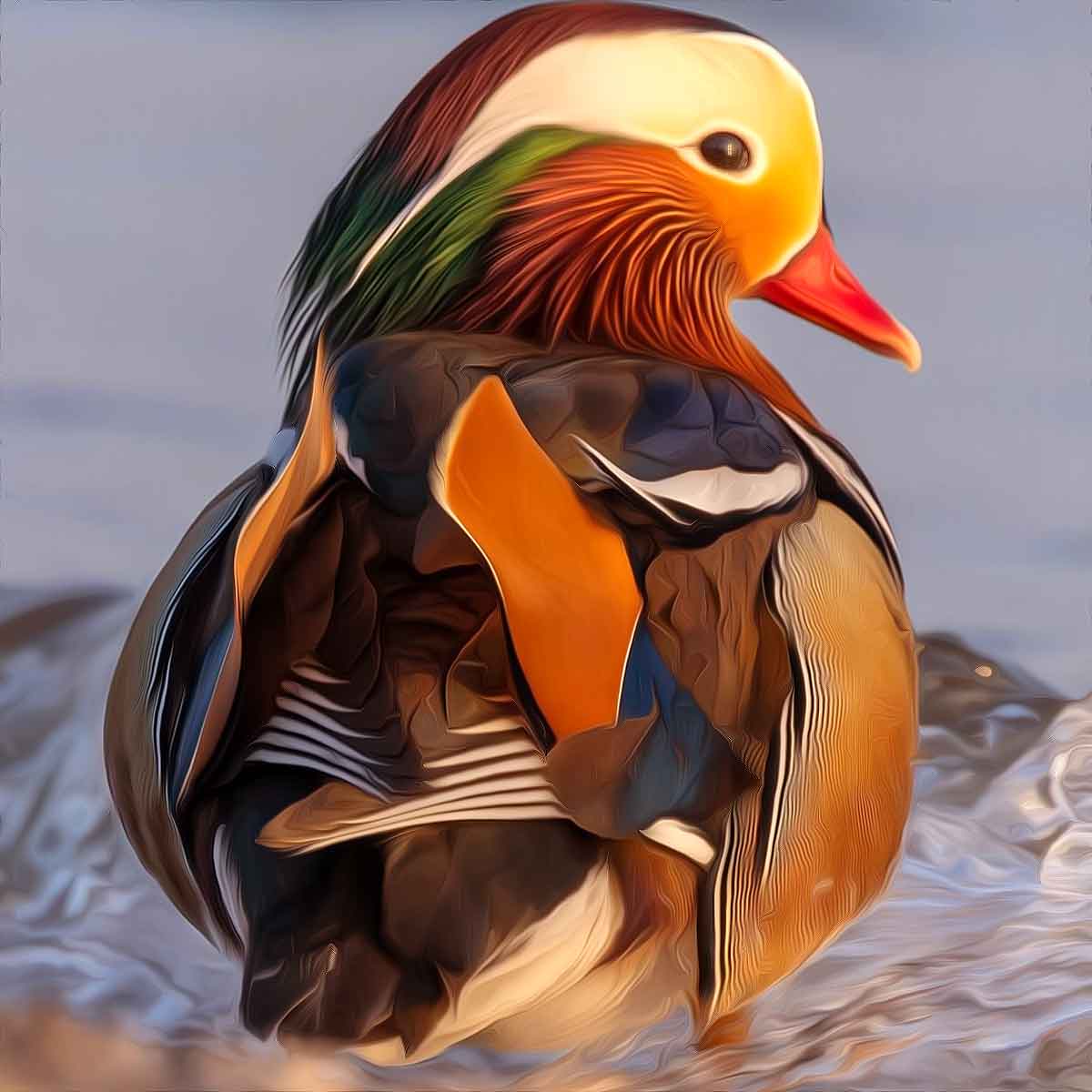
6. A Coat of Many Colors: The Mandarin Duck’s Dazzling Plumage
The Mandarin Duck is a stunning example of how animal coats can be used for attracting mates. The male Mandarin Duck boasts a vibrant coat of iridescent feathers, featuring a kaleidoscope of colors like orange, green, blue, and purple. This dazzling display is a powerful tool for impressing females during courtship rituals.

7. Masters of Mimicry: The Viceroy Butterfly’s Disguise
The Viceroy butterfly is a fascinating example of mimicry in the animal kingdom. This harmless butterfly bears a striking resemblance to the Monarch butterfly, a species known to be toxic to predators.
The Viceroy’s mimicry provides it with a crucial defense mechanism, as predators instinctively avoid the Viceroy due to its resemblance to the toxic Monarch.
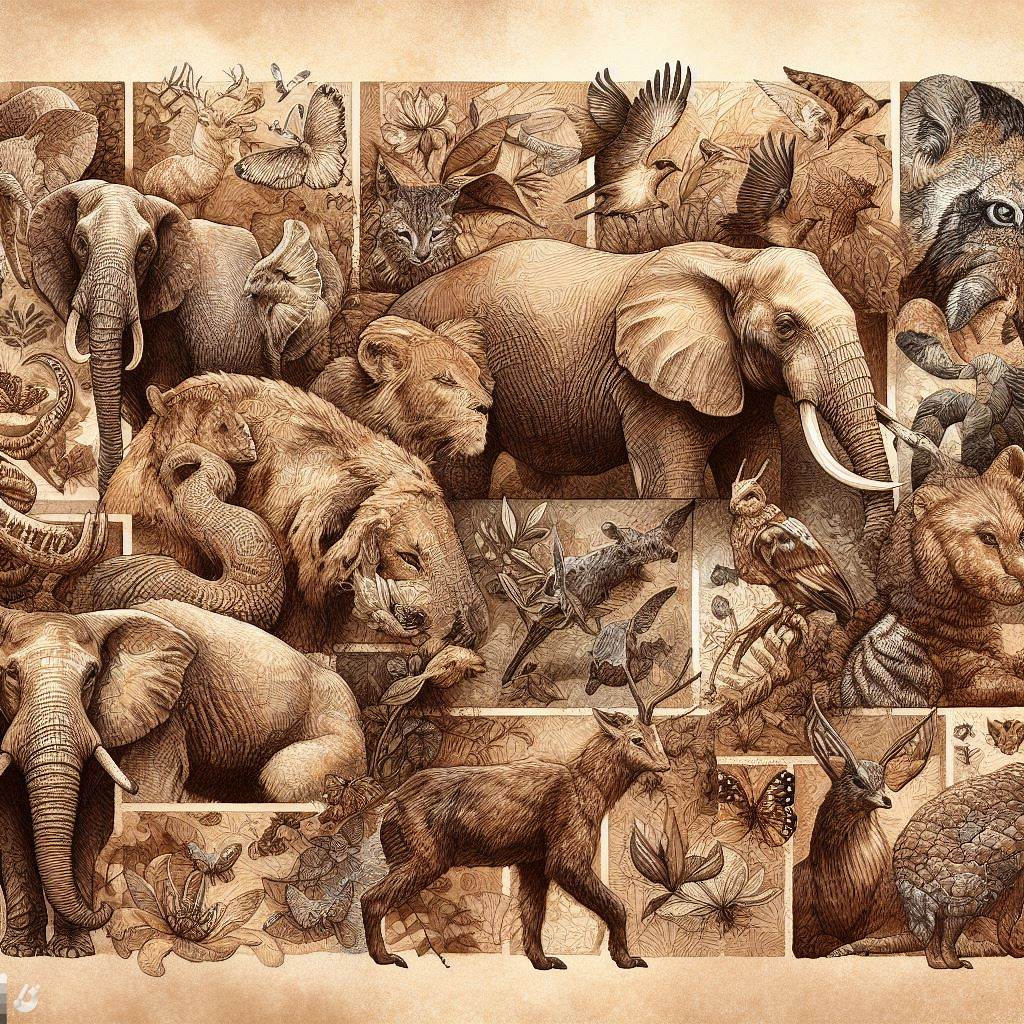
Beyond Aesthetics: The Importance of Animal Coats in the Ecosystem
Animal coats play a vital role in maintaining the delicate balance of the ecosystem. Here are some key ways:
- Maintaining Food Chain Balance: Camouflage allows predators to successfully hunt prey, while also enabling prey to avoid predators. This dynamic interaction helps maintain healthy populations within the food chain.
- Pollination and Seed Dispersal: The vibrant colors and patterns on some animal coats attract pollinators like birds and insects. These pollinators, in turn, help plants reproduce and disperse seeds, ensuring the health and diversity of plant life.
- Habitat Adaptation: Animal coats are often adapted to specific environments. For instance, the thick fur of polar bears helps them survive in the Arctic, while the scales of a fish offer protection and streamlined movement in water.
Conclusion: A Celebration of Nature’s Masterpieces
The animal kingdom is a living testament to the remarkable power and ingenuity of nature. Animal coats are more than just beautiful displays; they are intricate adaptations that play a vital role in an animal’s survival and success.
From the dazzling iridescence of a peacock’s feathers to the masterful camouflage of a chameleon, these coats are a celebration of nature’s artistry and a reminder of the interconnectedness of all living things.
FAQs
What is the difference between camouflage and mimicry?
Camouflage refers to an animal’s ability to blend in with its surroundings, while mimicry involves resembling another animal or object entirely. For example, a zebra’s stripes are a form of camouflage, while the Viceroy butterfly’s resemblance to the Monarch butterfly is mimicry.
Can all animals change their color?
No, not all animals can change their color. The chameleon is a notable exception, with specialized cells in its skin that allow it to rapidly shift its color to match its surroundings. However, most animals have a fixed coat color that is determined by their genetics and environment.
How do animal coats help with thermoregulation?
Animal coats play a crucial role in helping animals maintain their body temperature. Thick fur, such as that of a polar bear, provides insulation in cold environments. Conversely, sparse fur or feathers allow animals to stay cool in hot climates.
What are some threats to animal coats?
Pollution and habitat loss can negatively impact animal coats. For example, pollutants can disrupt the pigment production in some animals, leading to discoloration of their coats. Additionally, habitat loss can force animals to adapt to new environments that their coats may not be suited for.
How can we protect animal coats?
Protecting animal habitats and promoting environmental sustainability are crucial steps to safeguarding the integrity of animal coats. By reducing pollution and conserving natural ecosystems, we can ensure that these remarkable adaptations continue to thrive for generations to come.
Verified Sources
- Thermoregulation in Animals ([National Institutes of Health (.gov)])
- Mimicry in Animals ([ScienceDirect])

